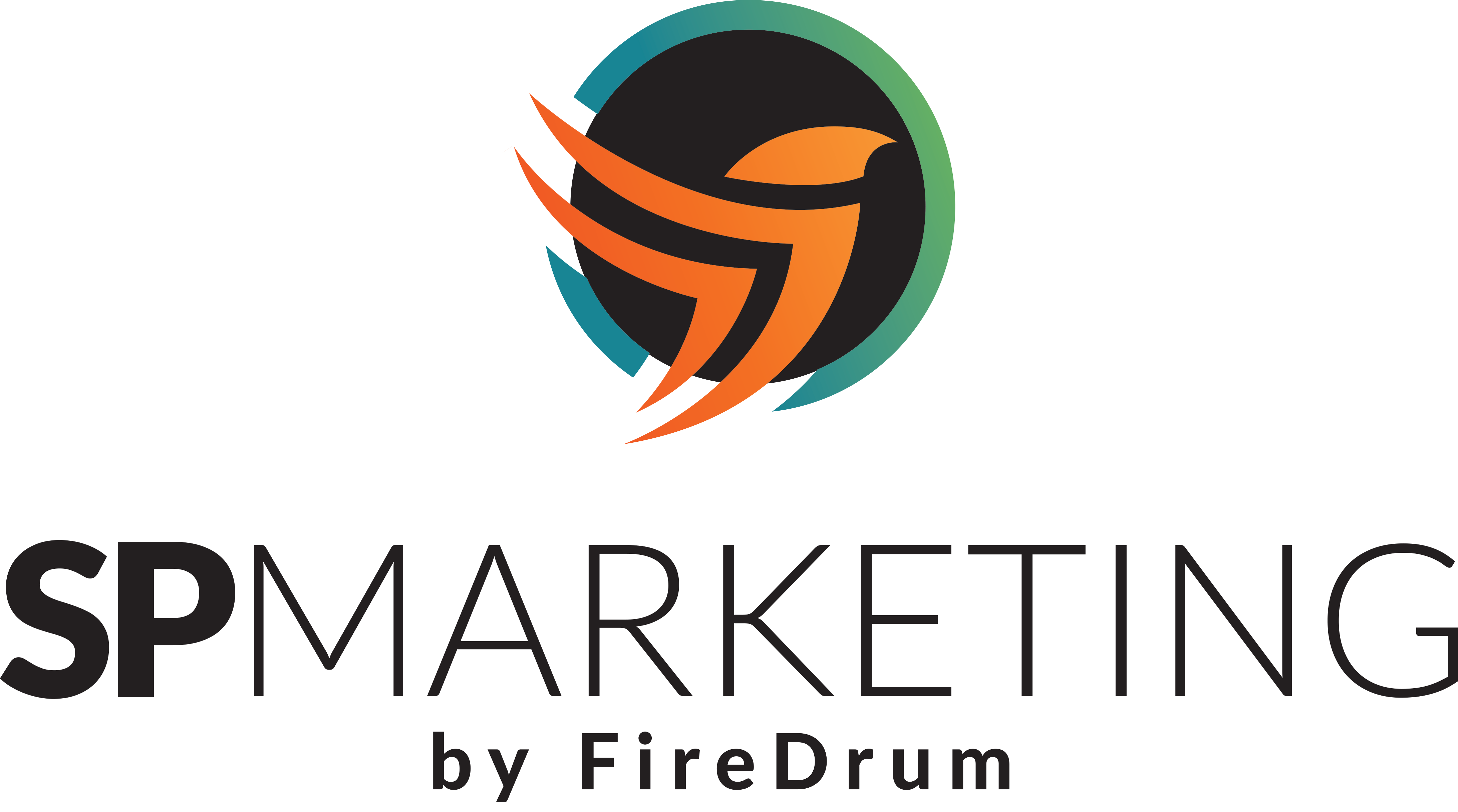For businesses, adapting to these trends involves optimizing ad campaigns and website content to align with voice search behaviors. Ads should incorporate more conversational language and focus on question-based keywords reflecting how users speak naturally. For example, instead of targeting a keyword like “cheap hotels Phoenix,” ads optimized for voice might target phrases like “What are affordable hotels in Phoenix?” This allows Google and Bing Ads to align more closely with voice search results, making it easier for ads to reach users at their moment of need.
As voice search adoption continues to grow, particularly with more smart speakers in households and cars, this trend is expected to influence further how ads perform and reach audiences. Brands that adapt to this shift early by creating content in a more conversational tone and structuring ads around common questions will likely see improved engagement and ad performance in voice search results. Embracing these tactics now positions businesses to capture emerging voice-driven opportunities as they become mainstream.
The Next Phase of Influencer Marketing
Influencer marketing has evolved significantly with the rise of TikTok, moving beyond high-profile celebrities to focus on micro and nano-influencers with smaller but highly engaged followings. These influencers often have closer, more authentic connections with their audiences, making them particularly effective in building trust and driving real engagement. Micro-influencers typically have between 10,000 and 50,000 followers, while nano-influencers have fewer than 10,000, but their impact can be considerable due to their ability to connect on a personal level.
This shift opens doors for untapped industries, especially B2B and niche markets, which can benefit from influencers who are experts in specific fields. For instance, a tech company might collaborate with a micro-influencer specializing in software development, or a small organic skincare brand might partner with a nano-influencer focused on eco-friendly lifestyles. These partnerships allow businesses to reach highly targeted audiences with genuine interest in their products or services.
The key to success with micro and nano-influencers lies in choosing partners with authentic, engaged audiences. Rather than focusing on follower count alone, businesses should look for influencers whose values align closely with their brand. Tools like Traackr, Upfluence, and BuzzSumo can help identify influencers based on engagement rates, audience demographics, and niche relevance. By partnering with influencers who have true connections with their followers, brands can benefit from authentic recommendations that feel less like advertising and more like word-of-mouth advice, leading to increased trust, brand loyalty, and conversions.
Sustainability and Purpose-Driven Marketing
Consumers today are increasingly drawn to brands that prioritize eco-friendly and socially responsible practices, influencing purchasing decisions across industries. This trend represents an opportunity for brands to connect with audiences on a deeper level through authentic communication about their commitment to social and environmental causes. However, successfully conveying corporate social responsibility (CSR) requires transparency and genuine action; consumers can quickly spot “greenwashing” and will disengage if they sense insincerity.
To authentically communicate CSR efforts, brands should highlight specific, measurable actions—such as reducing plastic use, supporting local communities, or minimizing carbon footprints. Cause-based marketing campaigns can further build loyalty by showcasing these commitments through environmental initiatives, charitable partnerships, or ethical supply chain practices. These campaigns resonate well because they align the brand’s values with the values of its customers, creating a shared sense of purpose.
Several brands have led successful sustainability-focused campaigns that others can emulate. For example, Patagonia’s “Don’t Buy This Jacket” campaign promoted responsible consumerism. At the same time, TOMS’ “One for One” model built a strong following by donating a pair of shoes for each purchase. These initiatives not only underscored each brand’s commitment to a cause but also fostered customer loyalty by inviting consumers to participate in a movement beyond the product itself.
Augmented Reality (AR) and Virtual Reality (VR) Experiences
Immersive technologies like augmented reality (AR) and virtual reality (VR) are transforming marketing, providing brands with new ways to create memorable, interactive experiences. AR and VR allow consumers to engage with products and services on a deeper level, often bridging the gap between online browsing and in-person interactions. These technologies empower brands to create unique, personalized customer journeys, making engagement more dynamic and enjoyable.
In eCommerce, AR enables users to visualize products in their own space, as seen with furniture brands like IKEA, where shoppers can use an app to "place" furniture in their homes before purchase. Similarly, VR can revolutionize real estate by offering virtual property tours, giving prospective buyers an immersive, 360-degree view of properties without needing to visit in person. In the travel industry, VR can simulate experiences of destinations, helping travelers preview locations and feel more confident in their choices.
However, implementing AR and VR requires strategic planning. High development costs and the need for compatible devices are potential barriers, and a brand must ensure that its target audience is familiar and comfortable with these technologies. A seamless, bug-free experience should also be prioritized. Glitches or lagging can detract from the immersive quality and harm brand perception.
While these technologies come with challenges, businesses willing to invest and thoughtfully implement them can differentiate their brand, increase engagement, and foster stronger emotional connections with their customers, leading to increased loyalty and sales.








